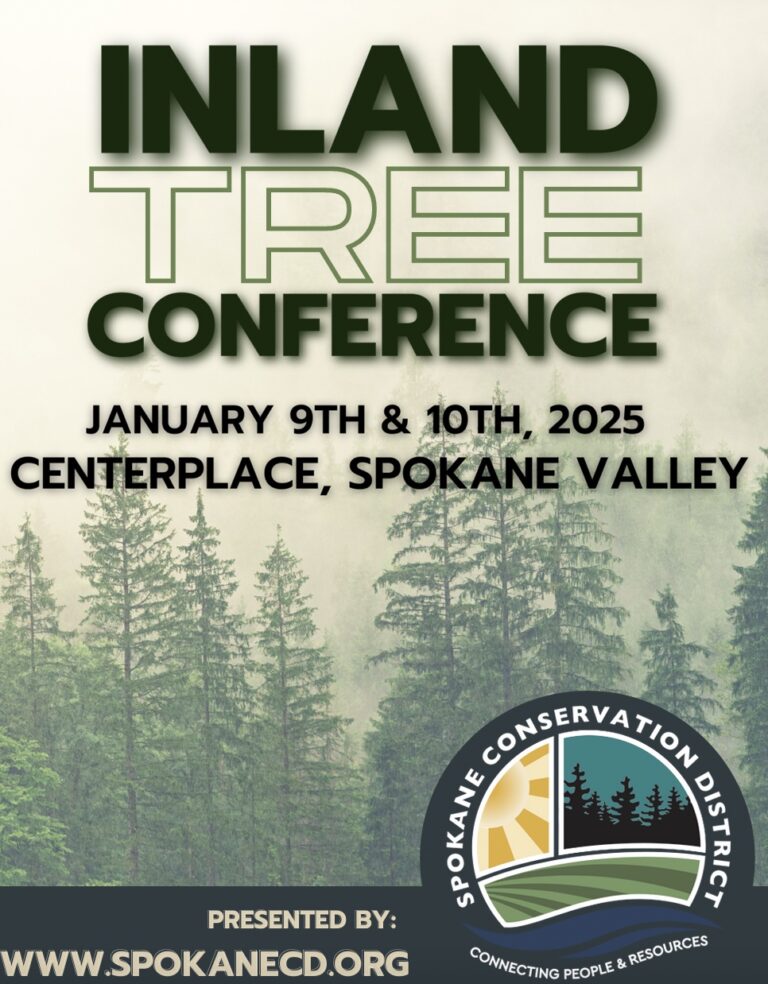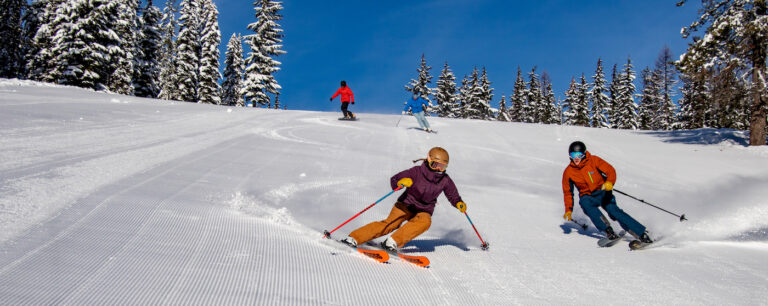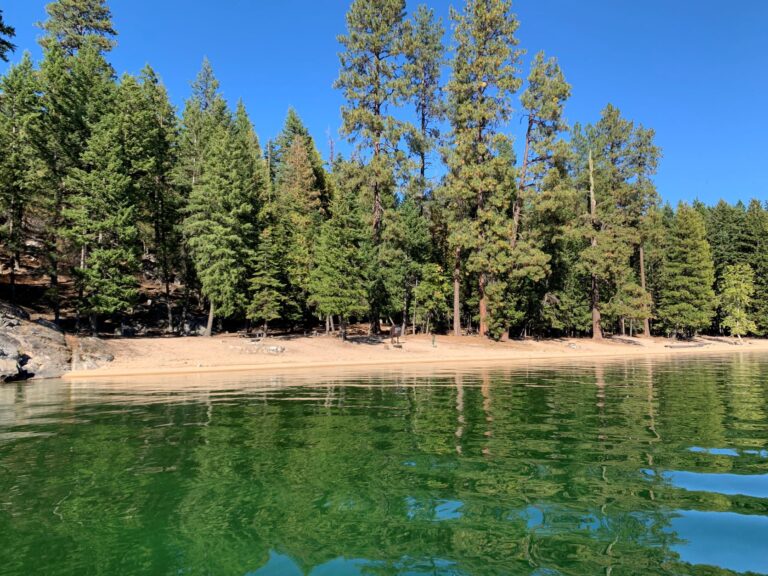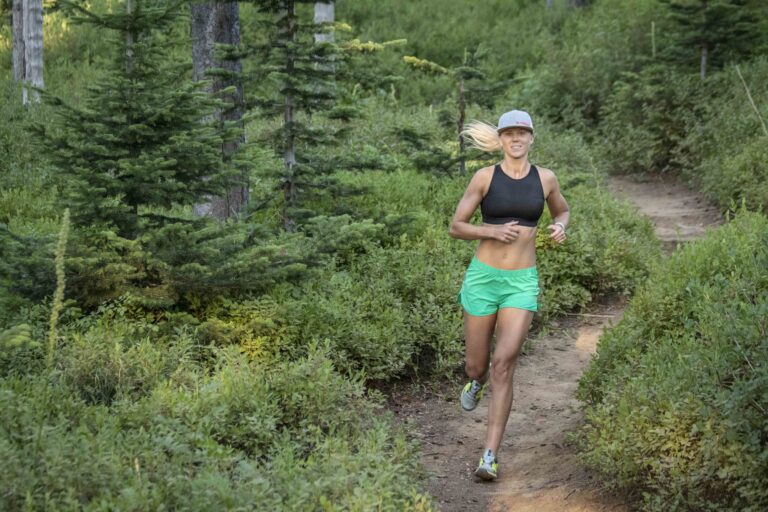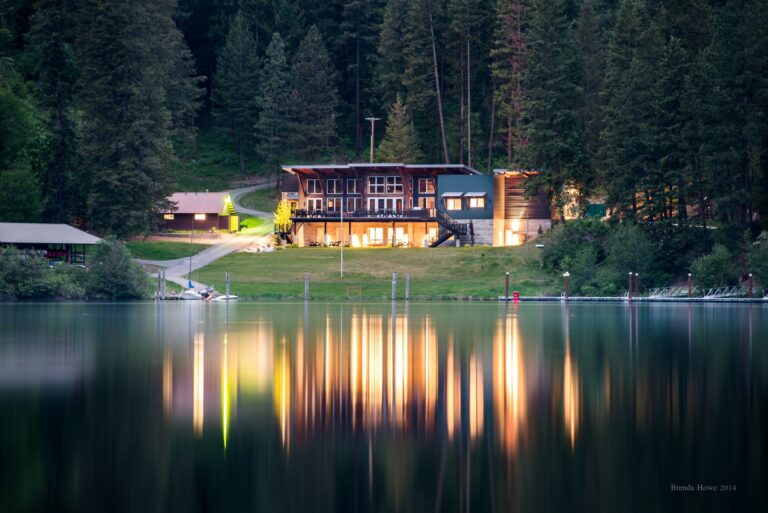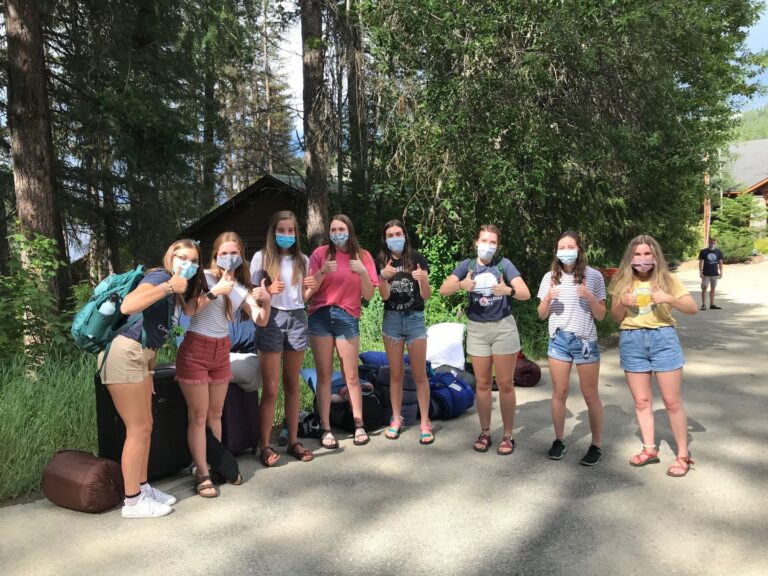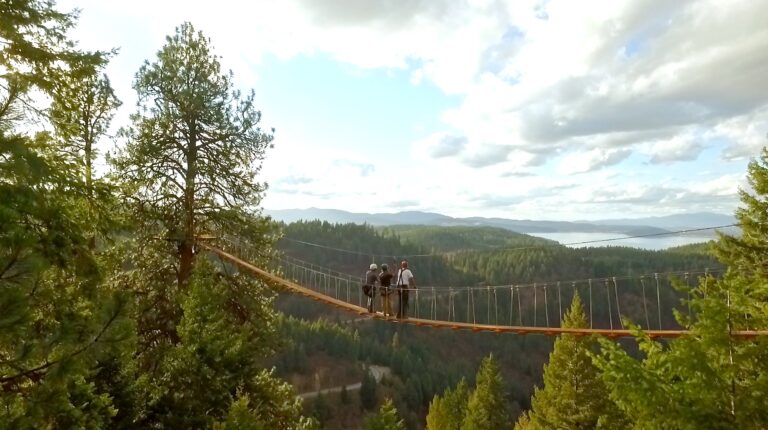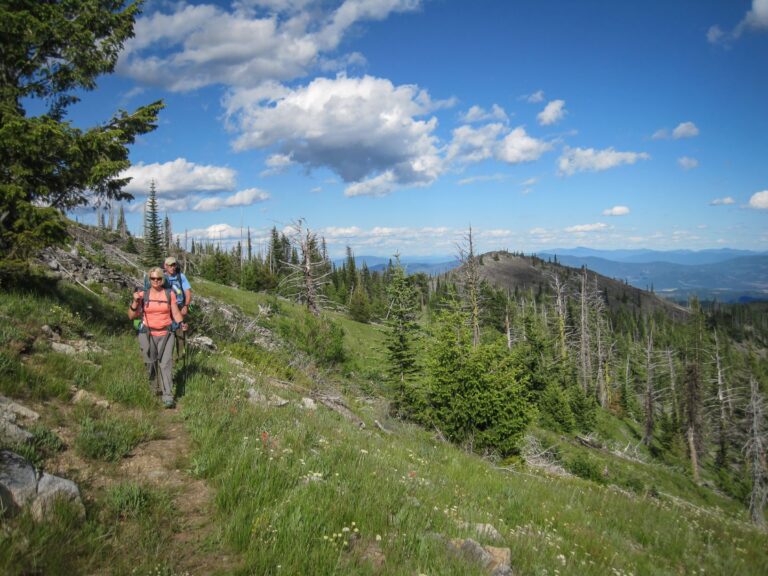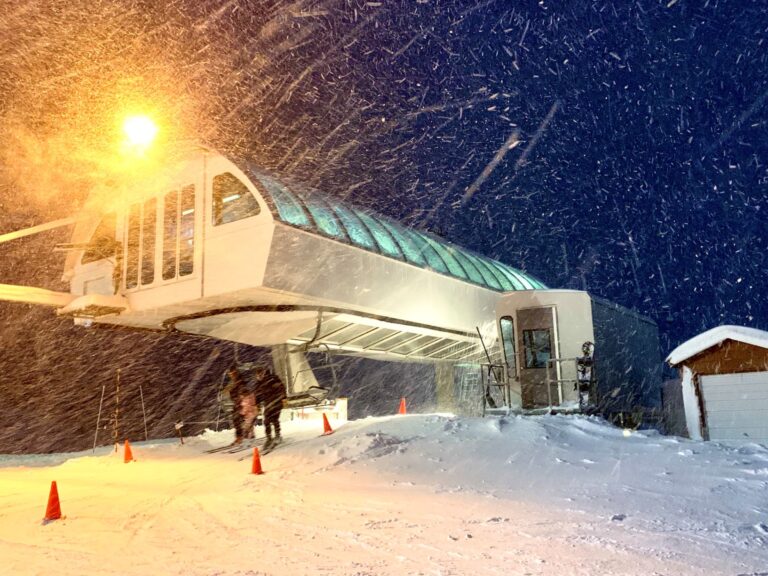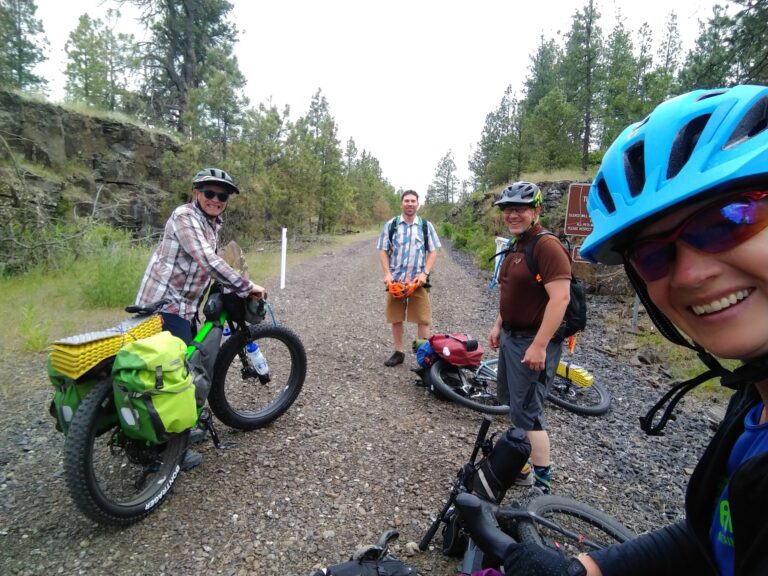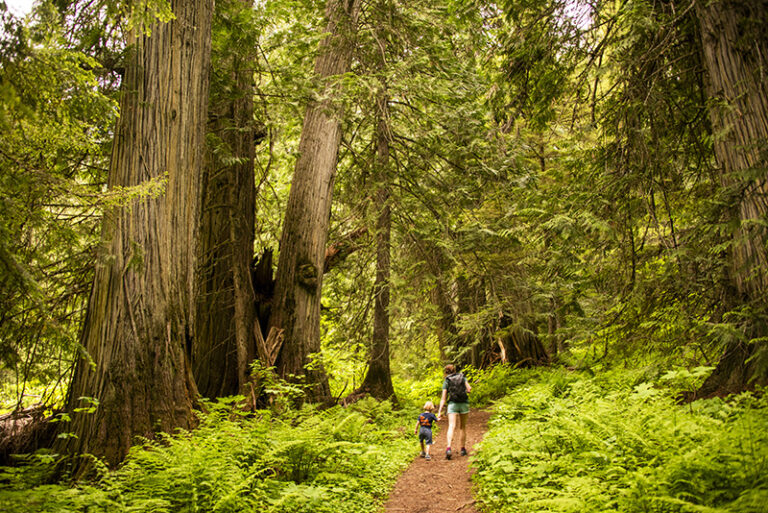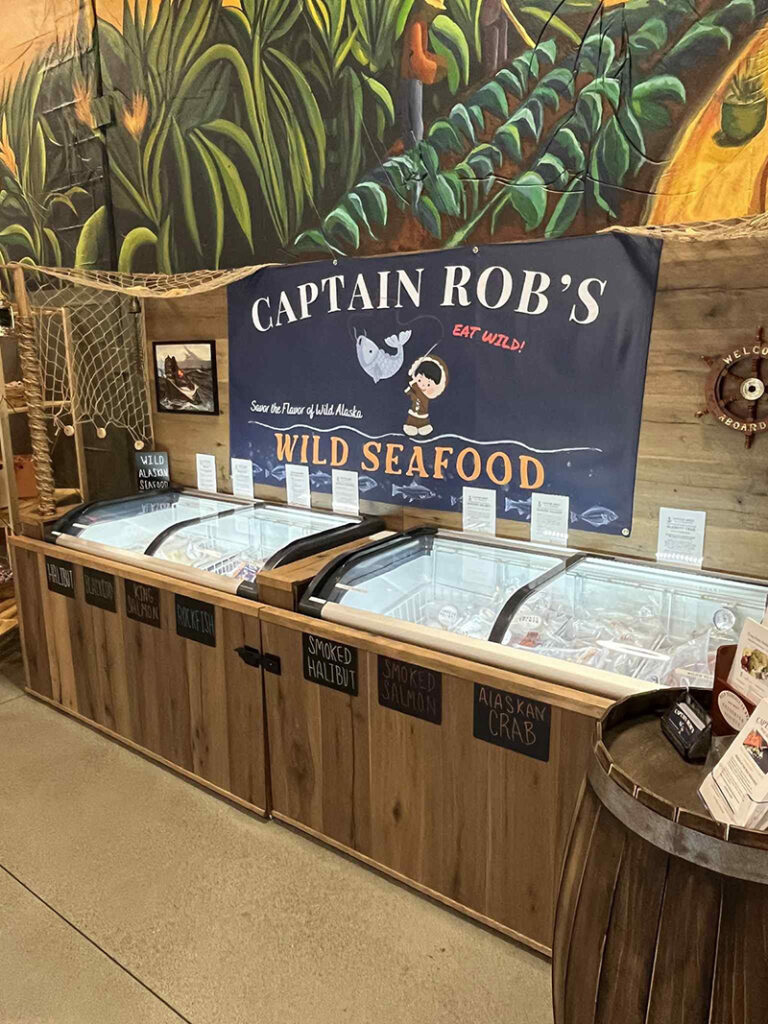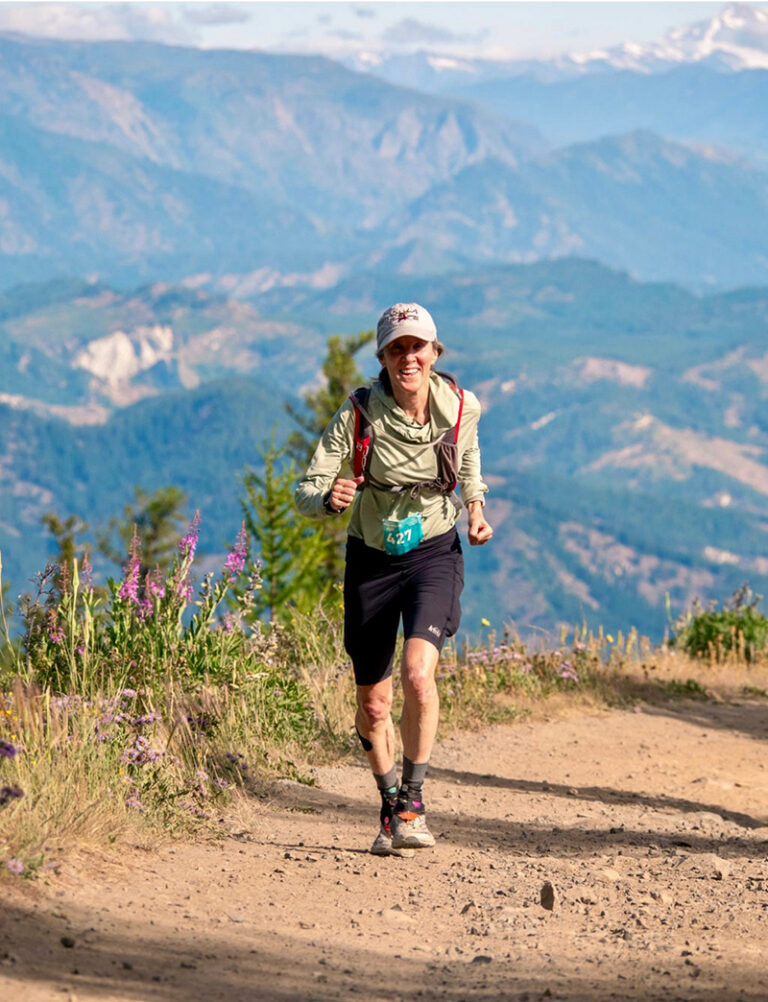By Ammi Midstokke
Cover photo courtesy Ammi Midstokke
Not everyone feels the same about risk. It’s a subjective assessment, nuanced by things like how many kids you still have to feed and who will see you shit yourself if things go wrong.
Our party of three was not in agreement about how we got here. And by here, I mean clinging to the rocky edges of Mount Olympus, staring down a Chasm-of-Imminent-Death on one side and a Crash-Plummet-of-Maiming on the other side. We were wearing helmets, but helmets don’t keep you attached to the mountain.
My most reliable adventure buddy, Liz, and I had invited ourselves to visit an old friend in Greece and created an itinerary of sailing, seafood and tsipouro, and this one hill we wanted to climb. Judging by the loss of color in Alex’s face that afternoon, we did not have the same definition of what constitutes risk.
Olympus is a moderate climb from the east-facing side of Greece. We began at the Prionia trailhead, planning to overnight at a refuge perched in the last of the trees just below 7,000 feet. We wound our way into the folds of the Olympus Range, through a forest of beech and oak, and ever upward into the thick, swaying black pines. These trees have their own distinct sound, and, as the evening winds picked up, we listened to their symphony while sitting at picnic tables, chatting with other climbers.
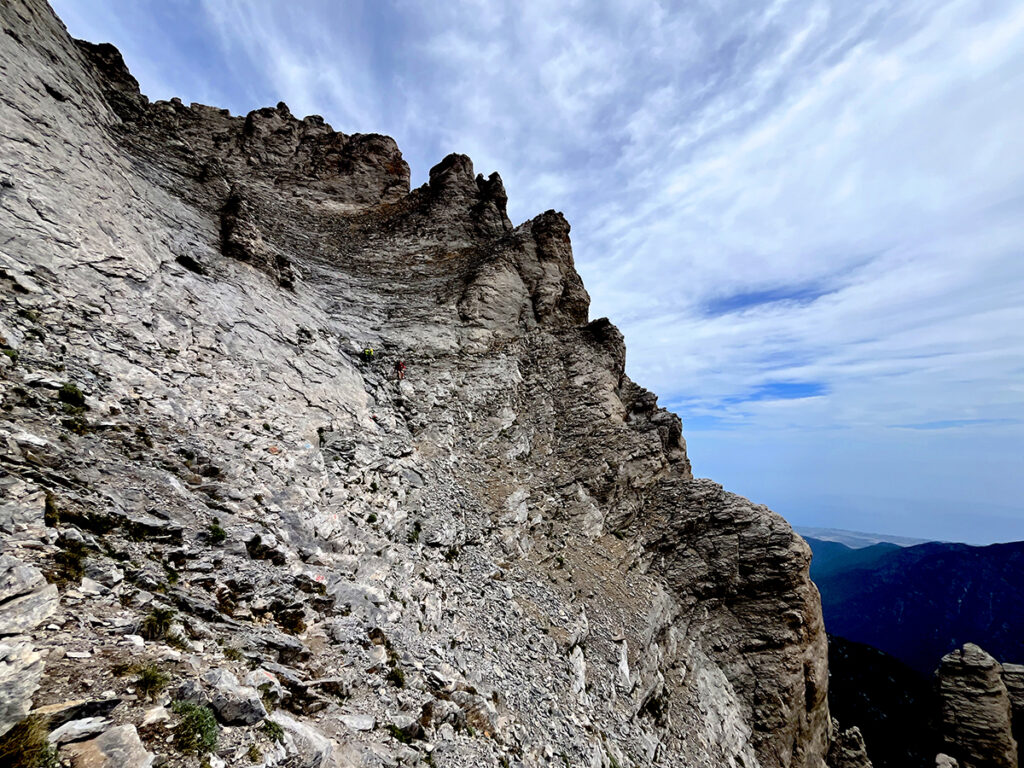
Looking at the other hikers, I assumed the climb was benign. There were a lot of retired Germans drinking a lot of wine and bragging about days in the Dolomites and their La Sportiva expedition grade boots. I may have both a fluent grasp of Deutsch and a fair bit of judgement. Also, I read the reviews online: hike with a brief scramble to the summit, average of one death per year from all causes, including cardiac events, falls, exposure, etc.
Alex had spent a lifetime playing in the area mountains, backcountry snowboarding, visiting the other refuges, but never summited the 9,572-foot peak of Mytikas. In our 25 years of our friendship, we’d never climbed mountains together. Which is kind of funny, because it’s generally a friendship prerequisite for me. I made some subconscious assumptions that were not fair or fairly assessed—such as that we’d have the same comfort level on exposed rock and he knew what he was getting into.
The following morning, the higher we climbed out of the trees and the wind-rattled alpine fields of flowers, the more I was filled with joy and purpose. I can’t say whether it’s the powerful wind gusts or the wide and endless expanses of possibilities in the form of ridges and sky that fill my soul. Mountains always offer me a sense of deep satisfaction and simplification of my purpose: to get to the top. But safely.
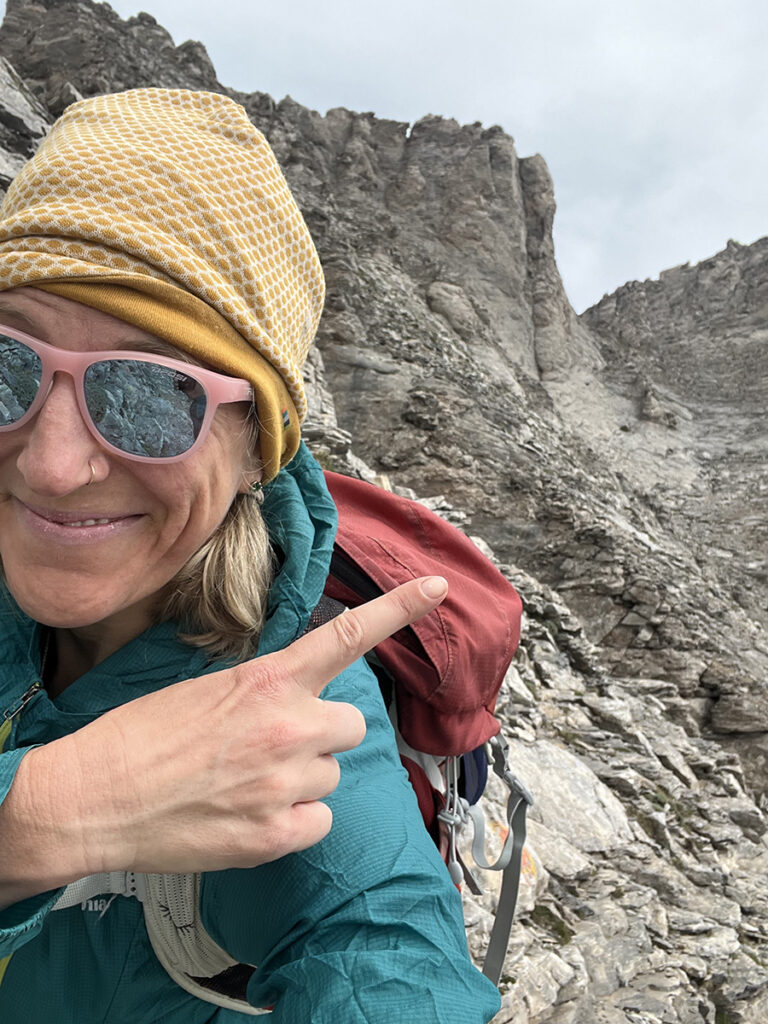
We reached the ridge and paused to question the jagged, exposed, and much-more-vertical traverse to the summit. The route looked challenging until we saw some teenagers returning in jeans and Nikes. I forgot teenagers have an exceptionally dulled sense of risk. Something got lost in the wind or my pursuit of joy, and we agreed to try the route. Or maybe just look at it. In any case, I picked my way across the face of mountain, Alex and Liz bringing up the rear.
Somewhere along the eastern face, I noticed Alex’s scowl connecting his two eyebrows into one strip of pissed-off. Liz had a head cold and had grimaced her way up the mountain while producing inhuman amounts of snot. She didn’t look happy either. I assumed they just didn’t have a good bowel movement that morning. I was still in my uncontained happy place, grinning wildly.
I looked around at the dramatic, exposed rock and casually referred to it as a no-fall zone—a place where you don’t fall for a number of reasons related to homeostasis.
“It would be a bad idea to fall here,” I said, helpfully. Alex wasn’t particularly calmed by this piece of guidance. Liz might’ve flipped me off if she could’ve peeled a hand off the rock for long enough. I know what she is capable of, and I know she’d tell me before she was no longer capable (or wanting). But I didn’t know Alex’s ability or comfort level. That is perhaps the most risky thing of all.
At the summit, he described our route in terms varying widely from how I would describe it, as if ‘deadly’ and ‘dangerous’ were interchangeable. Where he saw imminent risk of death, I saw a handholds and stable footing. Where he saw a “vertical face,” I saw a Class 3 scramble (confirmed by research).
Right or wrong about descriptors, he did not have as much fun as I, and that is a loss.
The scramble to the summit became an important reminder about safety in the outdoors. It’s not just about what we’re carrying in our packs, but how we communicate with our companions along the way. Our responsibility lies in sharing our needs, fears, and abilities and also in proactively checking in with others so they might share theirs along the way.
At least by the time we descended back to the safety of beech trees and cold creeks, we were talking about other routes to try. I wanted to explore the whole magnificent ridge. Liz wanted a nap. Alex wanted a rope.
Ammi Midstokke is a columnist for Out There and loves mountainous nature and friends. She aims to preserve both.

